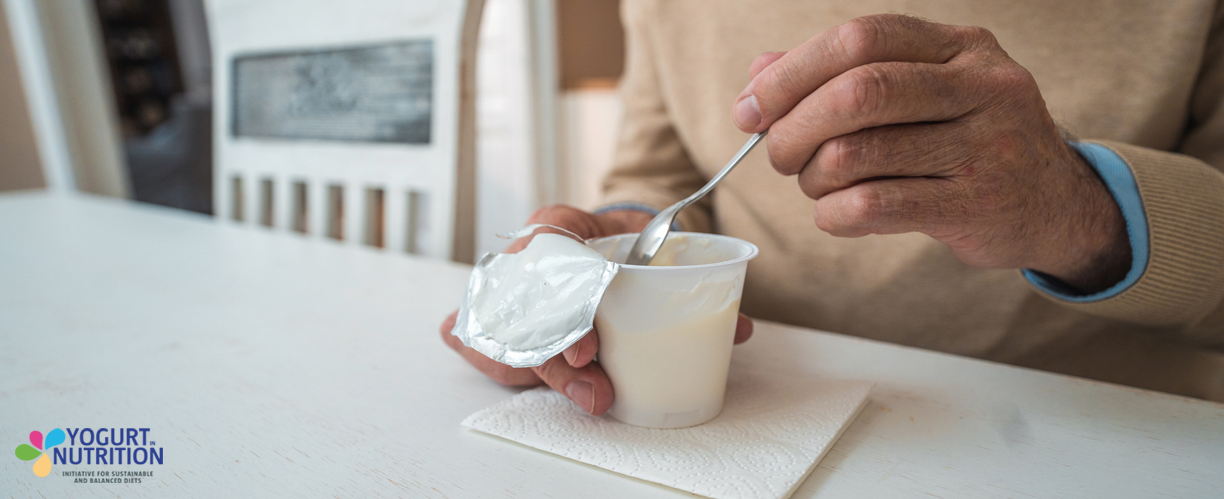Older adults aiming to maintain strength and overall health can consume dairy products without concern for adverse effects on cardiovascular health. The reassuring news comes from an Australian study of care homes, suggesting that eating more dairy foods can be an effective way to improve nutrition in older adults without raising their cholesterol levels (1).
The findings offer promising implications for caregivers and nutritionists supporting older adults, as they may help reduce the risk of falls and fractures. Given that healthcare costs for non-fatal falls were estimated at $80.0 billion in 2020, fall and fracture prevention remains essential (9).
The need for dairy food nutrition in older adults
As people age, they become more likely to experience nutritional deficiencies. Older adults living in care homes have high rates of malnutrition, including inadequate intakes of calcium and protein – increasing their risk of falls and fractures (2,3).
Correcting these deficiencies by consuming milk, yogurt, and cheese to enhance protein and calcium intake can help to reduce the rate of falls and fractures in elderly care home residents, studies have shown (4). The wide variety of textures and flavors in dairy products makes them a suitable option for older adults who experience difficulties with eating and swallowing.
However, dairy foods also contain saturated fats, which have historically been linked to high cholesterol and heart disease (5). With this in mind, researchers at the University of Melbourne in Australia sought to determine whether increasing dairy intake in older adults would worsen their cholesterol levels and overall heart health.
Assessing the impact of increased dairy food consumption
The researchers studied the effects of increased dairy food consumption over two years across 60 care homes in Victoria, Australia. These care homes were randomly divided into two groups:
- Intervention group (30 care homes): Residents were given additional dairy foods, including milk, yogurt, and cheese, to meet recommended daily intakes.
- Control group (30 care homes): Residents continued their usual diet without an increase in dairy consumption.
A total of 245 care home residents, with an average age of 88, participated in the study—159 in the intervention group and 86 in the control group. Dietary intake was recorded every three months, and cholesterol levels were measured at the beginning of the study and again after 12 months. The two diets were not intentionally matched for energy or nutrient content per design, but the effects of adding extra dairy portions on overall energy and nutrient intake were evaluated.
When the researchers compared the cholesterol levels of the two groups, they found reassuring results.
Eating more dairy foods increased intake of protein but not fat
Results showed that participants in the intervention group successfully increased their dairy food consumption from an average of 1.9 servings per day at the start of the study to 3.5 servings per day after 12 months. Meanwhile, participants in the control group maintained an average daily intake of around 2 dairy food servings per day throughout the study.
As an impact on the daily nutrients intakes, daily protein intake of participants in the intervention group increased by 13 grams from the start to the end of the study, while there was no significant differences in dietary intakes of total fat, saturated fat, total energy, or carbohydrates between the two groups.
Eating more dairy foods was not associated with raised cholesterol
Despite a significant difference in the elderly people’s dairy food consumption, the researchers found no significant differences in cholesterol levels between the two groups after 12 months. This remained the case when they considered whether participants had existing cardiovascular disease or were taking lipid-lowering medications. Specifically, the researchers found no differences in:
- Low-density lipoprotein (LDL) cholesterol, often referred to as ‘bad’ because high levels can contribute to cardiovascular disease,
- High-density lipoprotein (HDL) cholesterol, often referred to as ‘good’ because it helps remove excess cholesterol from the bloodstream,
- Total cholesterol, the overall amount of cholesterol in the blood,
- Triglycerides and apolipoproteins, other key markers of cardiovascular health related to lipid circulation in the blood.
Dairy foods may be a good addition to the diet of older adults
The researchers conclude that increasing dairy food intake among older people in care homes, as a strategy to reduce the risk of falls and fractures, is not associated with any changes in lipid levels. These findings suggest that olderpeople can eat more dairy foods to maintain their strength and well-being without worrying about any negative effects on their heart health.
The results could be due to several factors, say the researchers. Increased calcium intake associated with eating dairy foods may prevent fat absorption and increase lipid metabolism (6). Milk, yogurt, and cheese also contain diverse bioactive peptides and minerals, which may limit the cholesterol-raising effects of saturated fatty acids (7). Yogurt and cheese, being fermented foods, contain bacteria that may alter the gut microbiome and may improve cholesterol metabolism (8).
Whatever the reasons, for caregivers and nutritionists working with older adults, this study provides reassuring evidence that eating more dairy foods can be an effective way to improve nutrition in older adults without raising cholesterol levels or increasing the risk of heart disease, the researchers suggest.
“Among older adults in aged care homes, correcting insufficiency in the daily intake of calcium and protein using milk, yogurt and cheese does not alter serum lipid levels, suggesting that this is a suitable intervention for reducing the risk of falls and fractures.”



